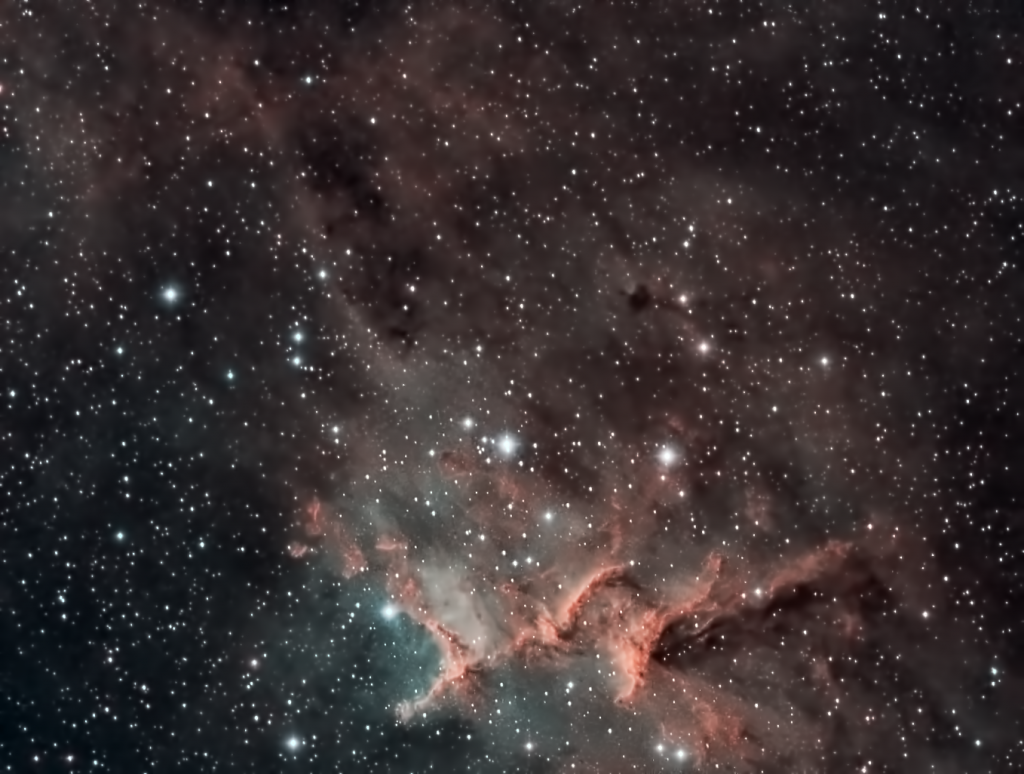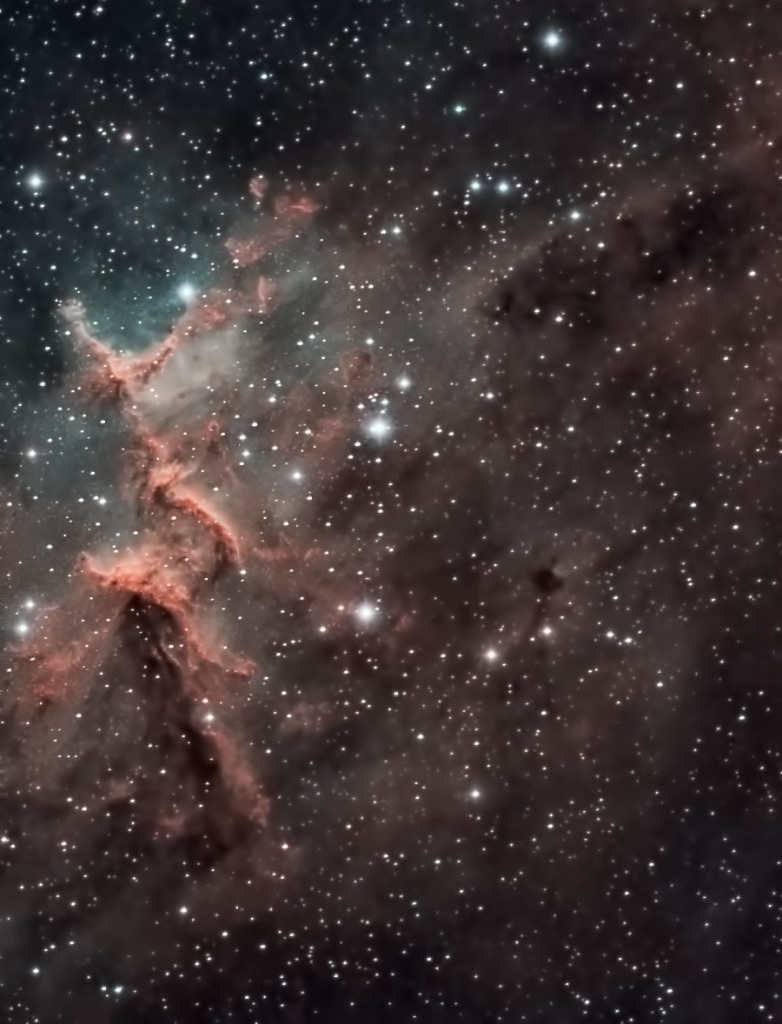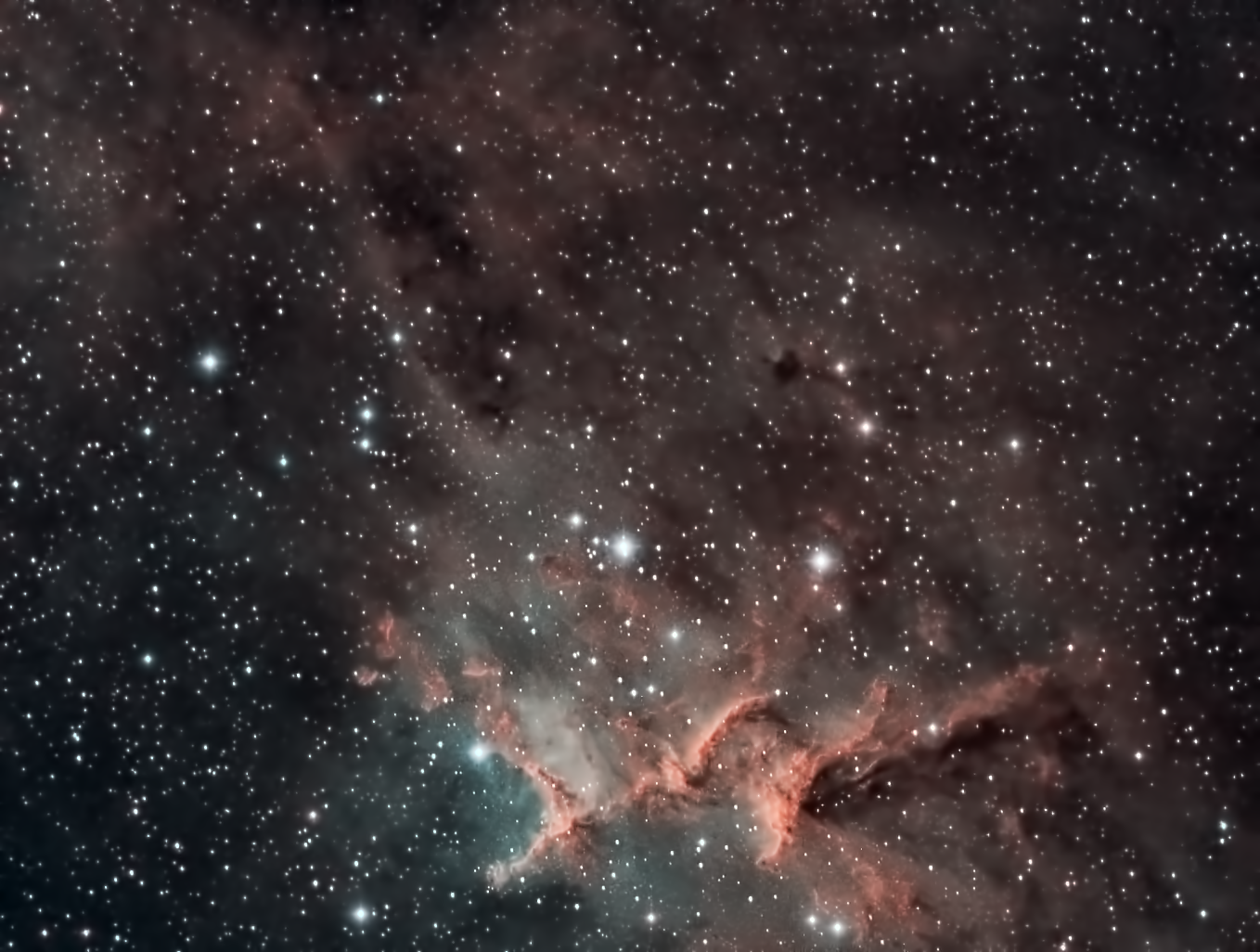
Similar Posts
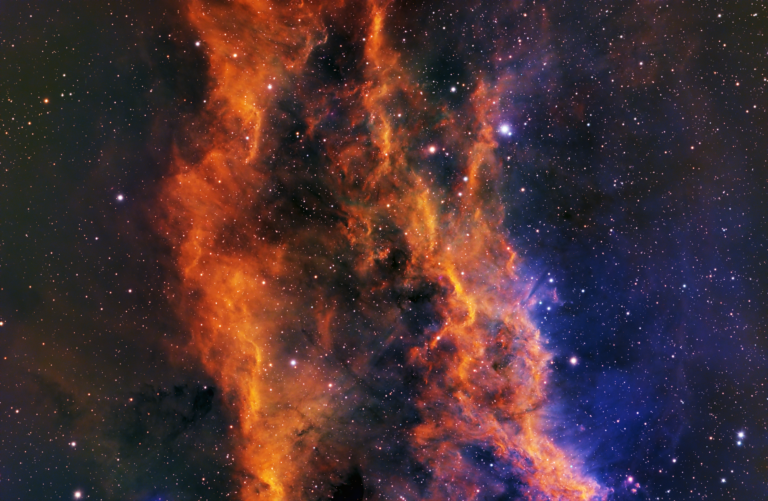
The California Nebula
The “California Nebula” (NGC1499) does actually kinda look like California, if you look at the whole thing. But the whole thing is too big in the sky to fit within the field of view of my telescope. So, here’s an interesting portion of it near one of its ends at least. From this angle, it…
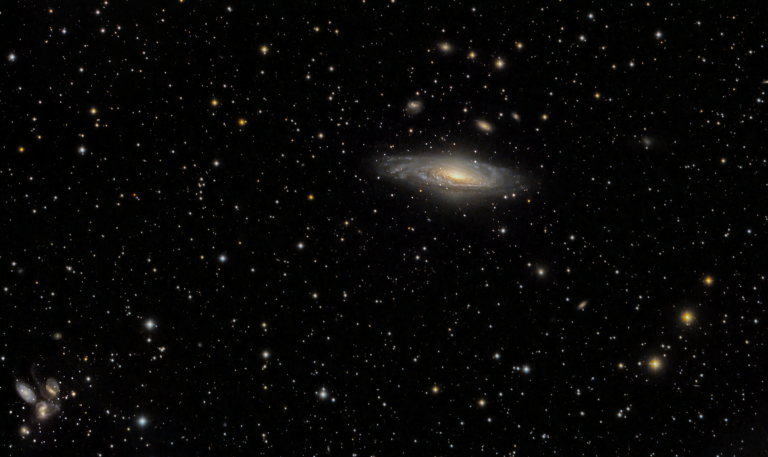
A bunch of galaxies in Pegasus.
There are two different clusters of galaxies in this image – the large galaxy you see is NGC 7331, part of the “Deer Lick Galaxy Group.” The smaller galaxies you see surrounding it (sometimes called “The Fleas”) are actually about ten times further away than NGC 7331. In the corner, you’ll see “Stephan’s Quintet,” a…
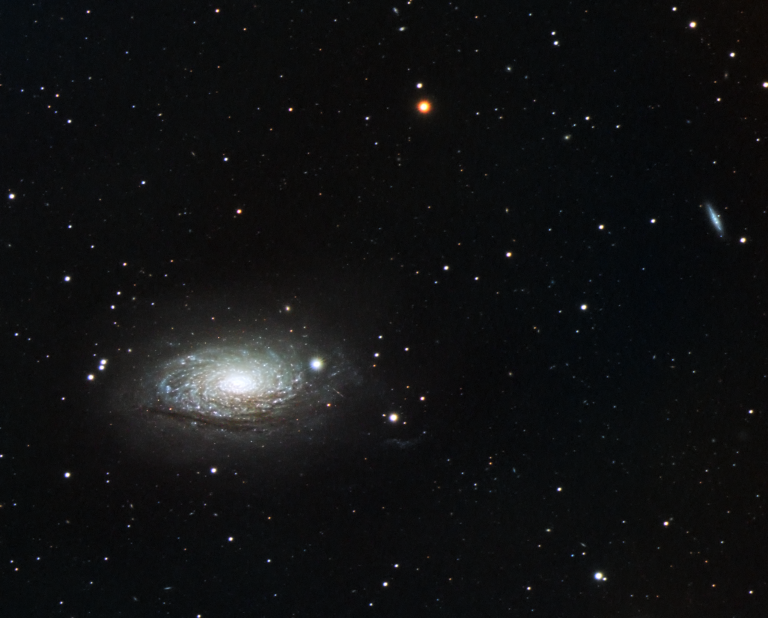
A Cosmic Sunflower
Last night I revisited M63, the Sunflower Galaxy. More formally M63, the Sunflower Galaxy is about 25 million light-years away. It’s about the same size as our Milky Way, but is classified as a “flocculent spiral” galaxy due to its poorly defined spiral arms. The more distant edge-on spiral galaxy on the right doesn’t show…
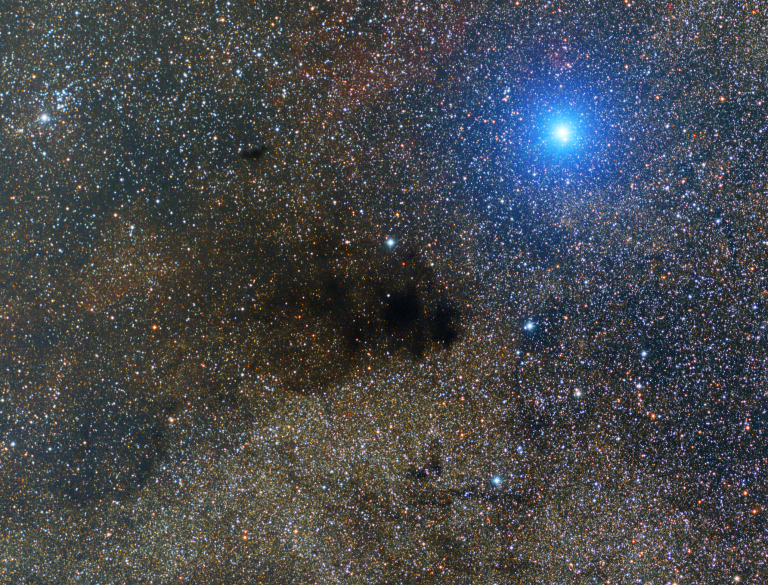
The Coalsack, Imaged from Australia!
It’s been really cloudy lately in Central Florida, so instead of imaging from my driveway, I’ve tried using remote observatories. This particular image was taken using a telescope in Australia, using a service called telescope.live. This is the “Coalsack nebula”, a dark cloud of gas obscuring the Milky Way in the Southern hemisphere. We’re looking…
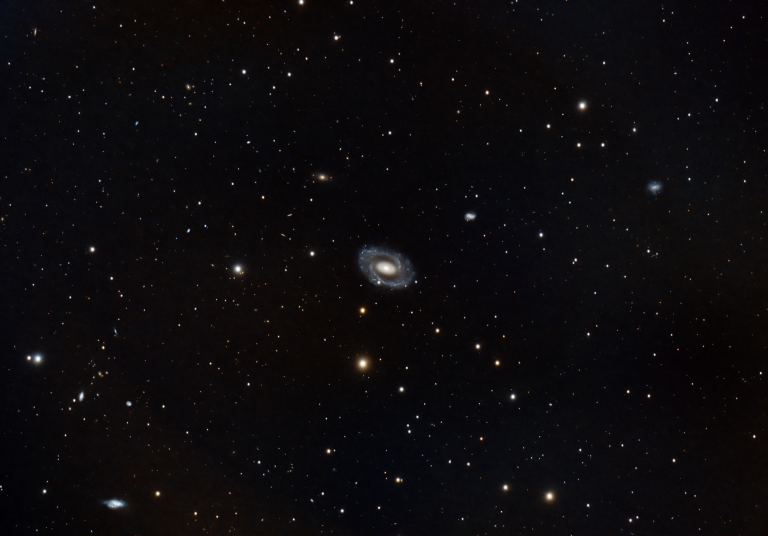
NGC210 is getting photobombed.
At the center of this image is the distant galaxy NGC210, 65 million light-years away within the constellation Cetus. It’s mind-blowing that we can capture an image of something so distant from our backyards, given the right technology. It’s also mind-blowing that we’re looking at light that has been traveling for 65 million years, giving…
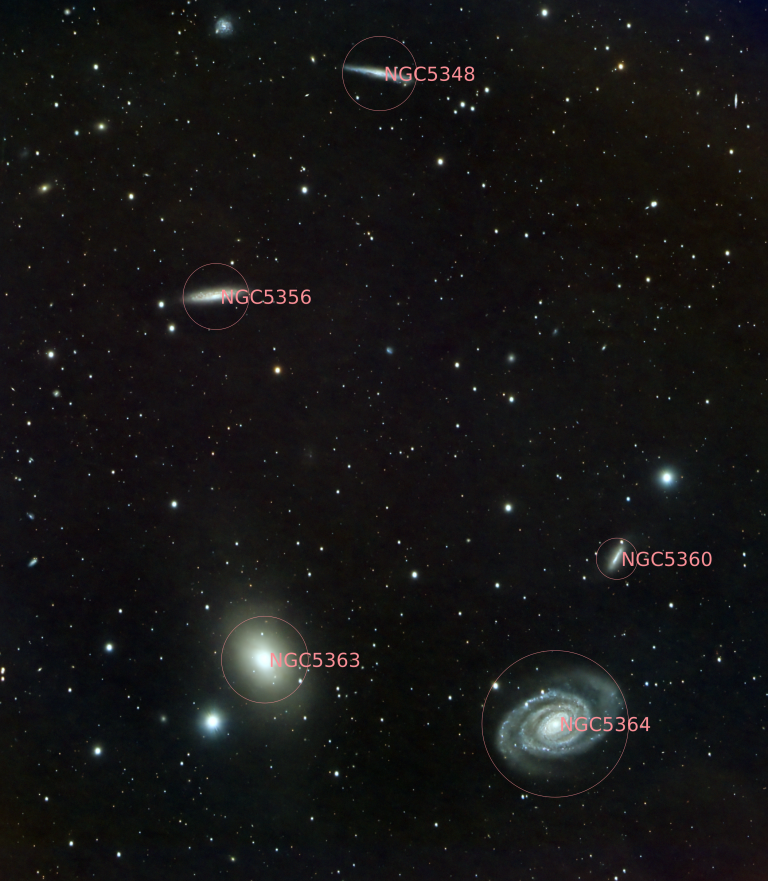
A bunch of obscure galaxies in Virgo (NGC5364 and friends)
There’s a big cluster of galaxies within Virgo; it’s just filthy with them. People usually image a different part of it, but I found another interesting area that’s often overlooked. The grand-design spiral at the bottom is NGC5364; it’s about 55 million light-years away. The annotated image identifies its buddies.

